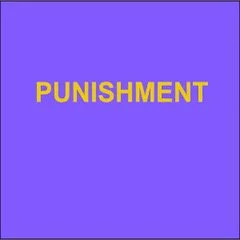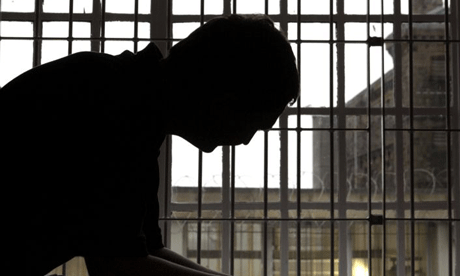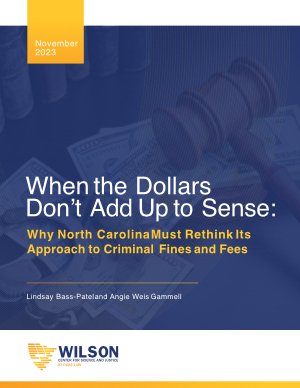By Wren Collective
As we documented in part 1 of Death by Design, in every case that resulted in a death sentence, trial lawyers failed to uncover compelling evidence that could have convinced a district attorney to drop a death sentence or a jury to give life in prison rather than death. Attorneys failed to investigate and did not present evidence of their client’s mental illnesses and intellectual disabilities. They missed galling examples of physical and sexual abuse of their clients because they did not talk to family or witnesses. They did not prepare important experts to testify until the day that they were supposed to take the stand. The first report largely dealt with the failings of the lawyers in capital cases. This report examines why that poor representation has thrived, and the ways that the judges overseeing those cases have enabled it to continue that way. First, judges seemingly ignore the excessive caseloads that many attorneys have, even though they are in charge of appointing lawyers to cases. Second, there is an inherent conflict of interest when judges are in control of both the appointments and the purse strings of a case because it means the attorney’s livelihood is dependent on pleasing the judge. If judges value quick resolution of cases over dedicated representation, a lawyer may feel, consciously or not, pressure to hurry the case along and ask for too little time and money, at the expense of the client. We have heard numerous examples of this occurring, especially when it comes to hiring experts and mitigation specialists, who are tasked with investigating a client’s life history for the punishment phase of trial. Third, the judges in Harris County have never established meaningful training requirements for lawyers, or any requirements at all for the mitigation specialists. Therefore, many people perform their work without the training they need in mental health, trauma, or even interviewing skills. In the end, we recommend a total overhaul to the system of capital representation for poor defendants, with either the public defender absorbing those cases or the judges establishing a new, freestanding capital public defender that is independent from judicial oversight. Such systems exist across the country and have been enormously effective in providing constitutionally compliant representation to individuals facing the ultimate punishment. Harris County should follow suit.
Austin, TX?: Wren Collective, 2023. 18p.





















